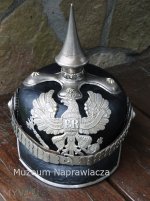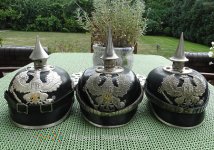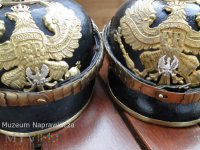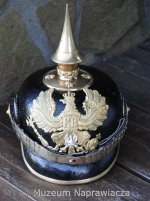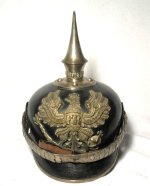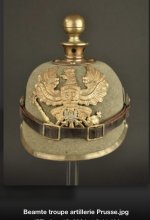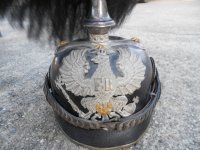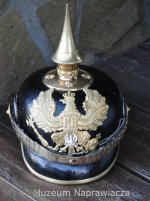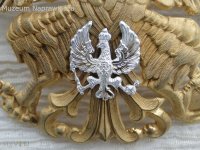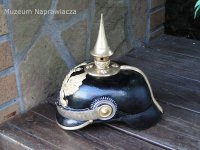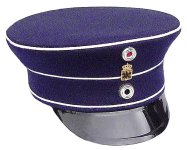nzef1940
Well-known member
I have searched the forum and read a couple of threads re Beamte helmets and note there is not a lot of definitive reference material about.
My only question is why do some Prussian Beatme helmets have Wappens with mottos and some do not?
Thanks in advance!
Feel free to post images of your Beatme helmets also please.
My only question is why do some Prussian Beatme helmets have Wappens with mottos and some do not?
Thanks in advance!
Feel free to post images of your Beatme helmets also please.
Attachments
-
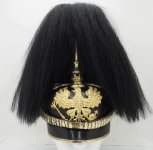 IMG_9920.jpeg392.4 KB · Views: 29
IMG_9920.jpeg392.4 KB · Views: 29 -
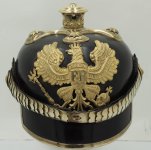 IMG_9921.jpeg338.7 KB · Views: 29
IMG_9921.jpeg338.7 KB · Views: 29 -
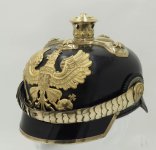 IMG_9922.jpeg292.6 KB · Views: 27
IMG_9922.jpeg292.6 KB · Views: 27 -
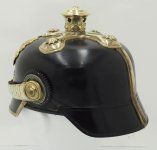 IMG_9924.jpeg225.3 KB · Views: 22
IMG_9924.jpeg225.3 KB · Views: 22 -
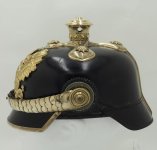 IMG_9925.jpeg242.5 KB · Views: 19
IMG_9925.jpeg242.5 KB · Views: 19 -
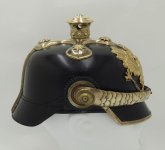 IMG_9928.jpeg209.2 KB · Views: 18
IMG_9928.jpeg209.2 KB · Views: 18 -
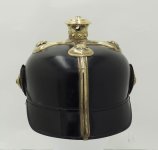 IMG_9927.jpeg177.1 KB · Views: 18
IMG_9927.jpeg177.1 KB · Views: 18 -
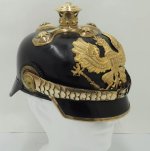 IMG_9929.jpeg282.9 KB · Views: 18
IMG_9929.jpeg282.9 KB · Views: 18 -
 IMG_9926.jpeg178.5 KB · Views: 16
IMG_9926.jpeg178.5 KB · Views: 16 -
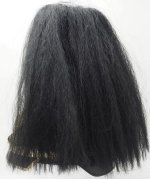 IMG_9923.jpeg685.1 KB · Views: 17
IMG_9923.jpeg685.1 KB · Views: 17 -
 IMG_9794.jpeg873.6 KB · Views: 17
IMG_9794.jpeg873.6 KB · Views: 17 -
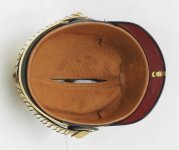 IMG_9795.jpeg879.3 KB · Views: 26
IMG_9795.jpeg879.3 KB · Views: 26

